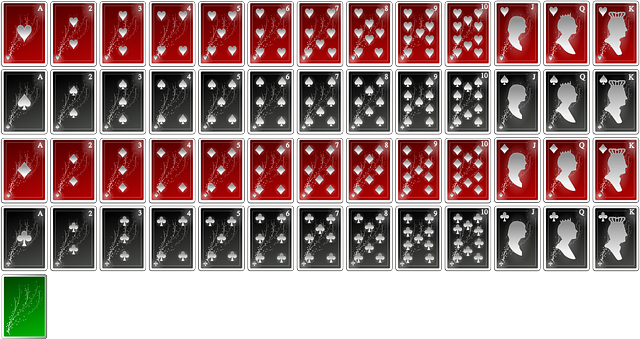In Poker Tournaments, understanding blind levels, dynamic strategies for early, middle, and late games, and position-based pre-flop play is crucial. Players should employ tight hand selection, aggression from strong positions, reading opponents' betting behaviors, and strategic bluffing to gain an edge. Mastering post-flop play, including pot control, enhances performance and final ranking in Poker Tournaments.
Unleash your inner poker champ with a comprehensive guide to mastering Poker Tournaments. This article breaks down the intricate strategies essential for success in structured games. From understanding dynamic tournament structures and managing blind levels, to pre-flop tactics like position play and hand selection, and post-flop moves including reading opponents and pot control – equip yourself with the tools to navigate any poker tournaments.
- Understanding Tournament Structures and Blind Levels
- Pre-flop Strategy: Position, Hand Selection, and Aggression
- Post-flop Play: Reading Opponents, Bluffing, and Pot Control
Understanding Tournament Structures and Blind Levels

In Poker Tournaments, understanding the structure and blind levels is key to success. Each tournament has a distinct format, typically beginning with a fixed number of players and a set of initial blinds. As the game progresses, blind levels increase at regular intervals, forcing players to adapt their strategies accordingly. This dynamic nature requires careful management of chips, as players must balance risk and reward during different stages.
The structure often includes phases like early, middle, and late games, each demanding unique approaches. Early on, aggressive play might be beneficial to build a solid chip stack. Later, more conservative tactics may be required to navigate through tighter situations and outlast opponents. Familiarizing oneself with these variations ensures players are prepared for the ever-changing dynamics of Poker Tournaments, allowing them to make informed decisions at every turn.
Pre-flop Strategy: Position, Hand Selection, and Aggression

In poker tournaments, pre-flop strategy is paramount for success. The position you’re in relative to the dealer is crucial; late positions offer an advantage as you get to act after most other players, allowing for more informed decisions based on their actions. Hand selection is key; playing a tight range of hands initially ensures you only invest chips when there’s a higher chance of success. Aggression plays a vital role too; raising and re-raising from strong positions can steal blinds and set the tone for your tournament strategy.
This aggressive approach, combined with position play and selective hand selection, sends a powerful message to your opponents, fostering an environment where you control the pace of the game. In poker tournaments, every decision matters, and mastering these pre-flop fundamentals can give you a significant edge over the competition.
Post-flop Play: Reading Opponents, Bluffing, and Pot Control

In poker tournaments, post-flop play is a crucial phase that significantly influences your strategy and final placement. Reading opponents involves recognizing patterns in their betting behavior, which can signal strength or weakness. By understanding who is aggressive, passive, or prone to bluffing, you can make more informed decisions about when to call, raise, or fold. This skill becomes even more valuable during the later stages of a tournament where the tables are shorter and players are under more pressure.
Bluffing and pot control go hand in hand in strategic play. A well-timed bluff can steal pots from weaker opponents, but it must be executed carefully to avoid getting caught. Pot control involves managing the size of the pot to your advantage. Knowing when to commit for a larger portion of the pot or let it ride can help you maximize wins and minimize losses. This balance ensures that you are not overplaying weak hands while also capitalizing on strong ones, ultimately giving you an edge in high-stakes poker tournaments.
Poker tournaments demand a strategic approach that combines skill, patience, and adaptability. By understanding tournament structures and employing effective pre-flop and post-flop strategies, players can navigate the dynamic nature of these games. Whether it’s positioning for optimal hand selection or reading opponents’ tells to bluff successfully, each step matters. Mastering these techniques empowers players to make informed decisions, control pot sizes, and ultimately increase their chances of winning in highly competitive Poker Tournaments.






